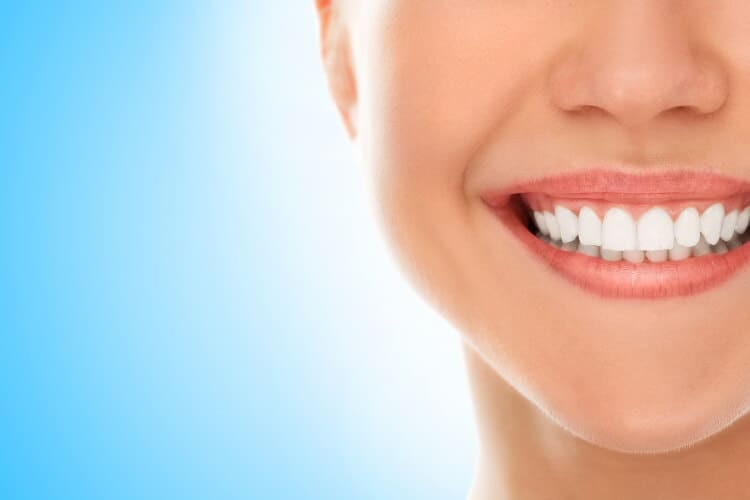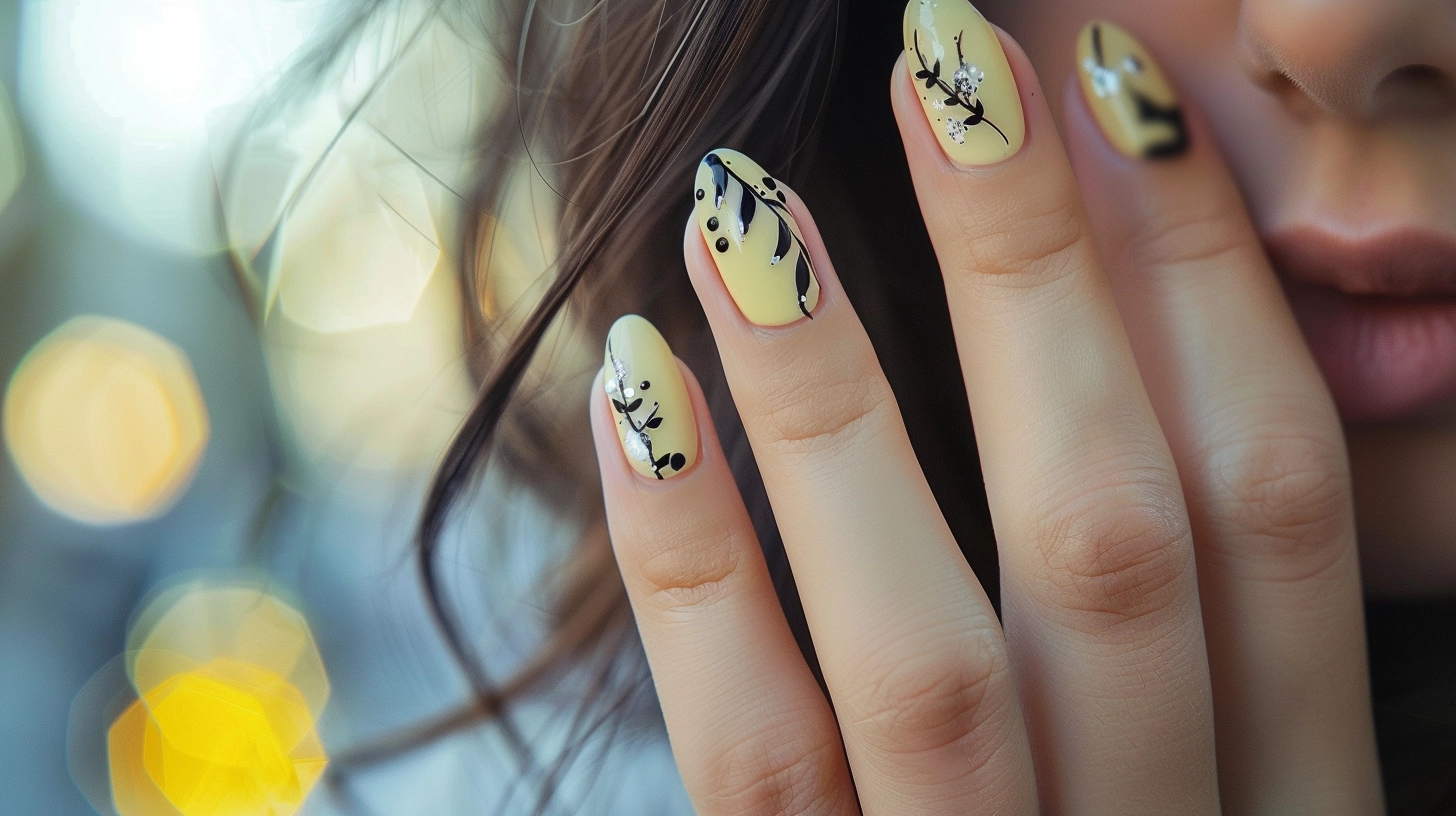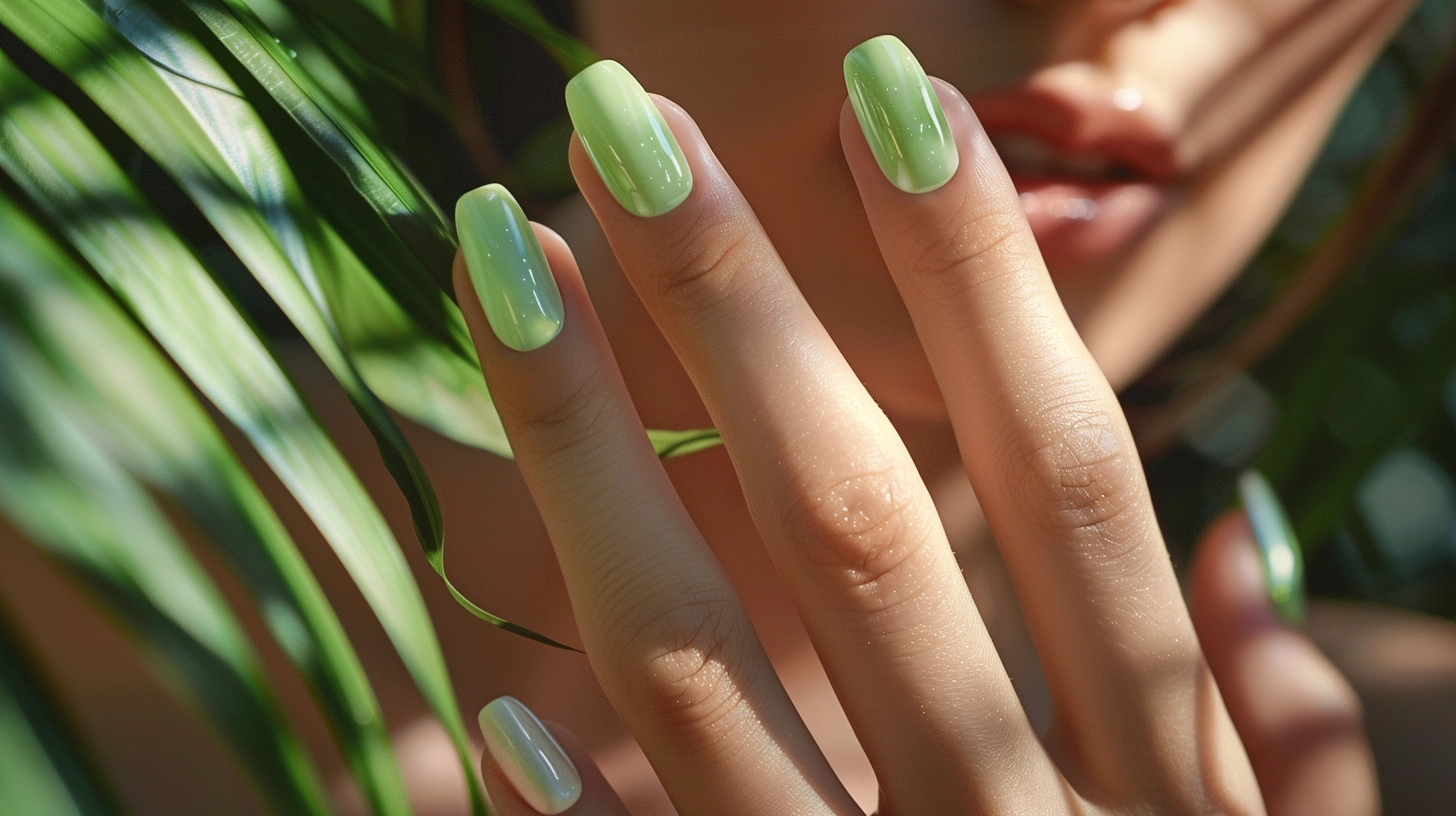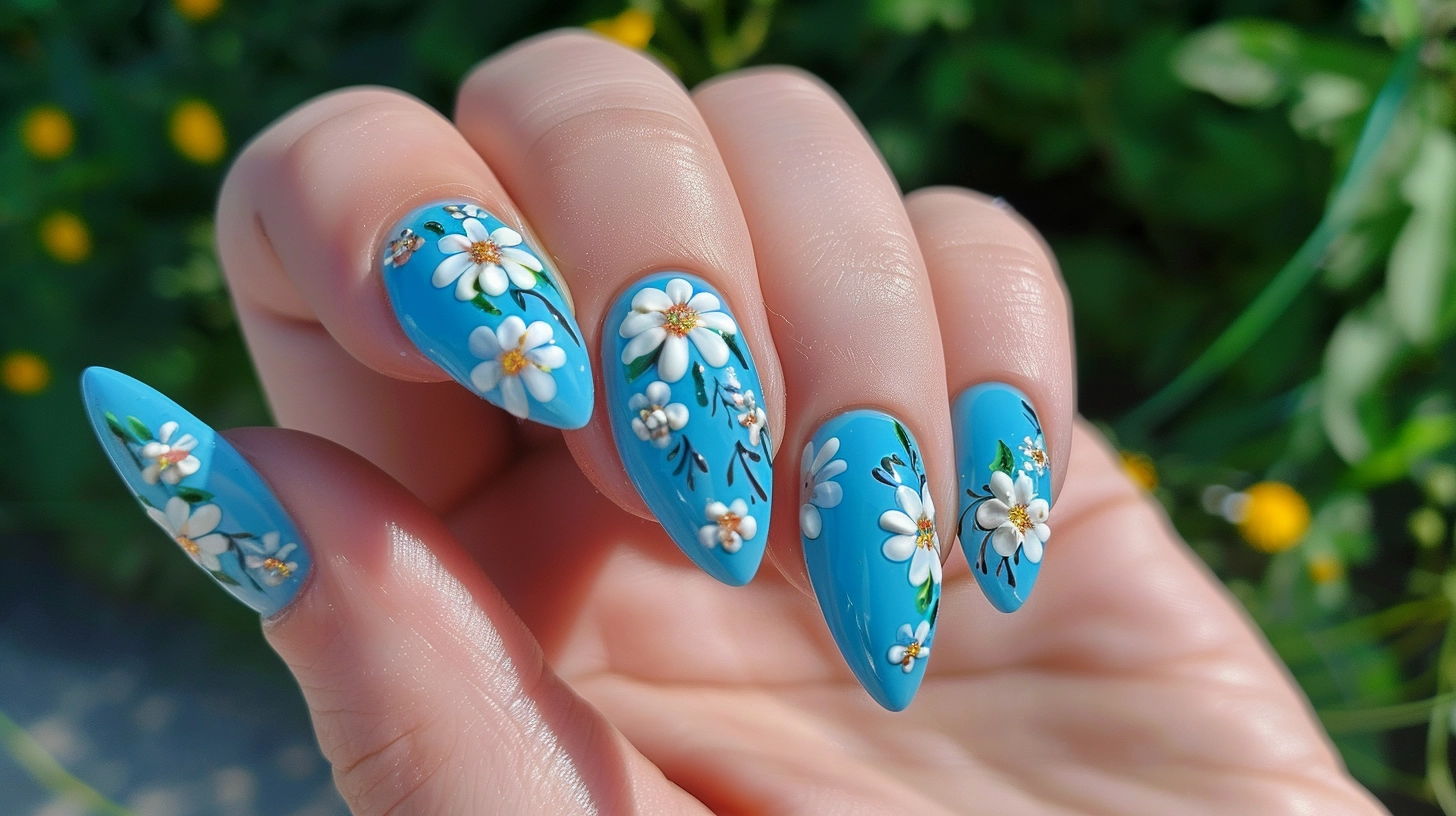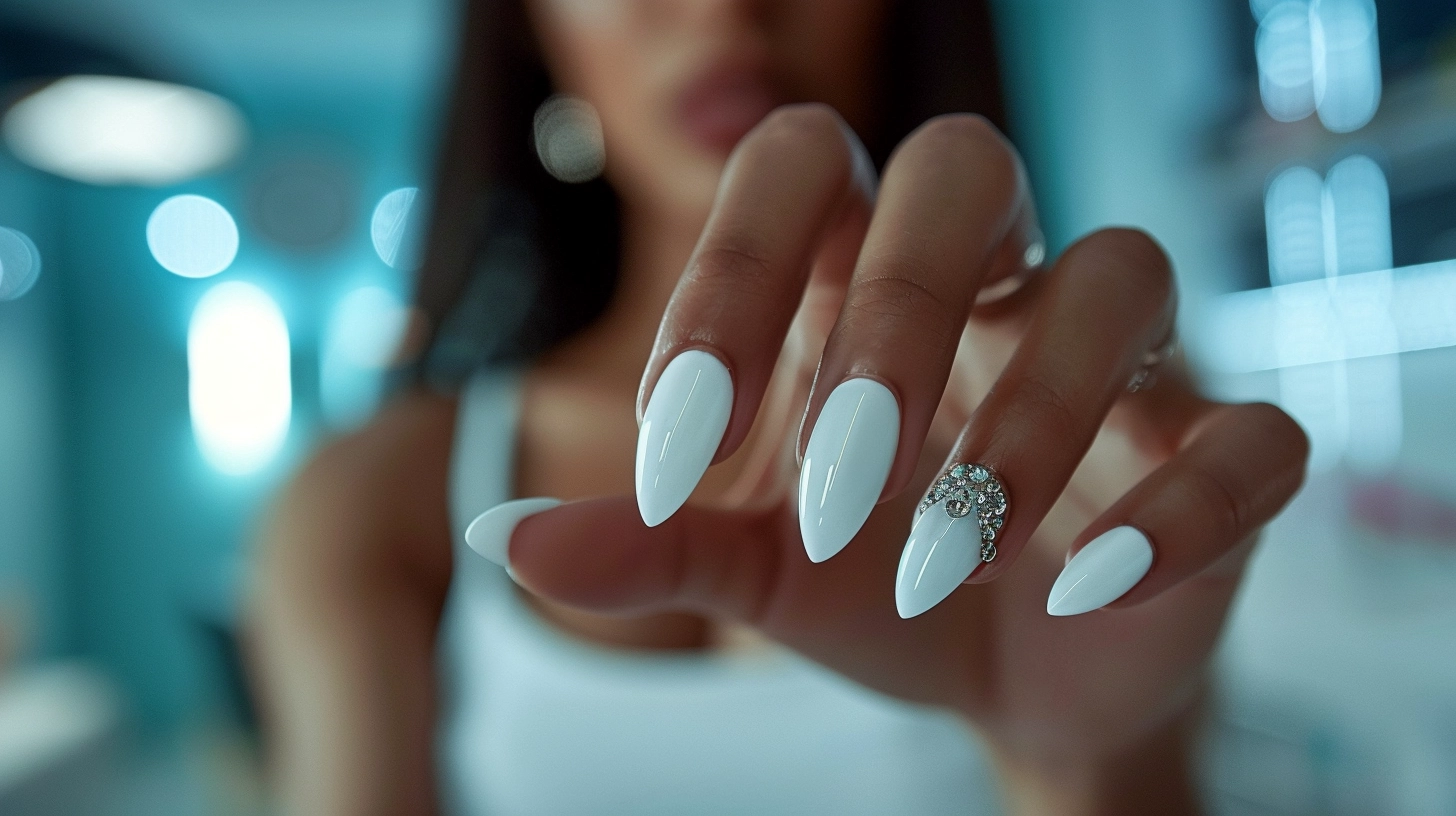There are many reasons why you might have tooth discoloration. But before you schedule a dental service, there are a couple of things you should know. You can also read more about available services and find something that will help your condition.
Discoloration
Everyone would like to have white teeth. But sometimes, people can notice a different shade. If your teeth started changing color, there might be an underlying problem that you are unaware of. One of the main questions is whether the issue you are dealing with is permanent or not. Some types of food and drinks can stain your teeth, but brushing them can solve the problem.
In the majority of cases, the process takes time, and it’s not something that can happen overnight. And that can be a problem. Since stains appear gradually, many people fail to spot them on time. That means that when you notice stains on your teeth, the situation has already progressed enough.
The solution would be to talk to your dentist as soon as you notice the difference.
Different Types of Stains
As we mentioned, stains can be temporary and permanent. Temporary stains can be caused by something you ate or drank, and they will be gone when you brush your teeth. These kinds of stains aren’t something that should bother you. But prolonged use of those drinks and foods can leave a permanent mark that won’t be washable.
But there is also a difference based on the location of the stain. Here, we can notice extrinsic, intrinsic, and age-related stains. Extrinsic ones appear on the surface of the tooth, also known as enamel. The intrinsic ones are below the surface, and they affect dentine, and age-related stains are usually a combination of the two. The enamel gets thinner with age, and it allows dentine underneath to be affected.
What Causes Them
Now that we’ve covered the essentials, let’s take a look at what stains teeth. The number one reason for this issue is poor oral hygiene. If you are not brushing enough, it can cause tooth decay. With it, you may notice different types of tooth stains. But not brushing enough is just one of many bad habits you can develop that will affect your teeth.
Smoking and using any type of tobacco will affect the color of your teeth too. They will often become yellow after using tobacco-based products for a while, after which they might turn to a darker shade. If you are wondering what causes brown stains on teeth, one of the possible answers is coffee. Those that regularly drink coffee might notice discoloration, and it is one of the most common reasons behind the color change.
What is interesting is that tea can cause discoloration as well, and many people are unaware that it can happen. Of course, the effect won’t be as noticeable as with coffee, but essentially, anything you eat or drink will affect your teeth.
Red wine, for example, can cause a reddish tint. Needless to say, tooth decay will change the color of the tooth after a while, but also if the person had a root canal. Those that want to know what causes black stains on teeth, should visit their dentist as soon as possible. Black tartar is often the reason why teeth turn black, and it is a problem you should address as soon as possible.
Keep in mind that teeth can change color due to an infection, which means that the problem doesn’t need to be tooth-related. And the only way to know the cause of the problem is to talk to your doctor.
Prevention
As you can see, there are many different types of drinks and foods that will affect the color of your teeth. Naturally, the simplest way to avoid discoloration is to avoid the drink or food altogether. But sometimes, that is not possible. Maybe you enjoy drinking coffee or wine. And there is nothing wrong with it. But there is a way to prevent your teeth from changing color.
The most important thing is to improve your oral care and hygiene. Since you will be drinking or eating something that can cause discoloration, the simplest solution is to brush your teeth after. Improving oral hygiene will also help you avoid tooth decay, gum disease, and other conditions that will affect your health.
As for dental issues like tooth decay or gum disease, the best way to prevent them is by improving your oral hygiene. Furthermore, you should have regular checkups at the dentist, since they will be able to spot early symptoms and signs of disease. This will also help you avoid a lot of problems since treating the condition is a lot simpler during the early stage.
What to Do
The question on everyone’s mind is what to do when you notice discoloration. The first step would be to learn what caused the problem. Once you learn this, you will be able to address the problem. In the majority of cases, teeth whitening products can help. Unless we are talking about tooth decay. Tooth decay or any type of physical damage to the tooth won’t be solved with whitening toothpaste, and you will need to talk to your dentist.
You should also know that what causes white stains on teeth is often a sign that your body craves vitamins, and it can be a sign of an underlying condition. So, the best course of action would be to talk to the dentist and see what your options are.
Your dentist will also provide you with a plan to prevent staining in the future, and this can help you avoid making the same mistake later on. Whether we are talking about rinsing your mouth with hydrogen peroxide or root canal treatments, the only way to have pearly whites is with proper care. The first thing you should do is schedule a visit to the dentist, and create a plan for solving the problem together.

